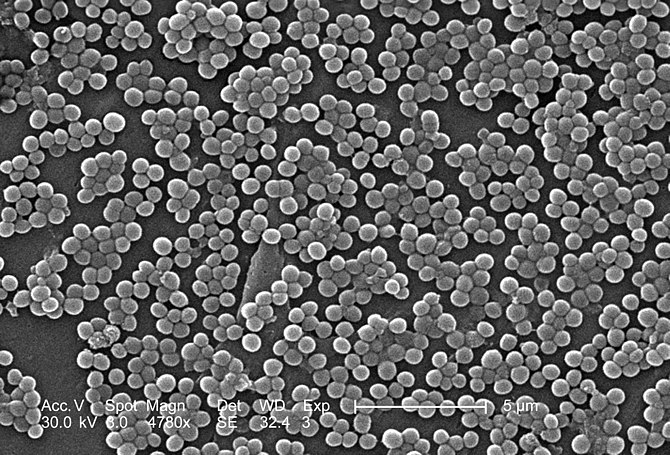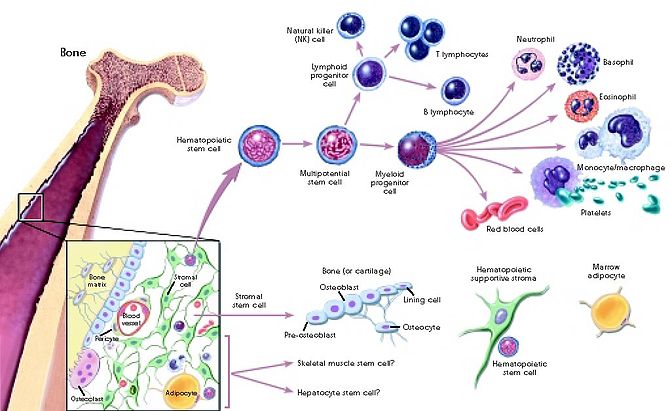
A new pacemaker, designed without battery or wires, is implanted directly into the heart and gets its energy wirelessly from radio frequency radiation transmitted by an external battery pack. It can also control electrical signals to all four chambers of the heart. The prototype, developed by researchers from Rice University and others, was presented at the recent Texas Heart Institute (THI) at the IEEE’s International Microwave Symposium (IMS) in Honolulu. The wireless transmitter can be up to a few centimeters away.
Traditional pacemakers use electrical signals to keep the heart beating steadily, but they are planted in the upper side chest so that doctors can access them easily to replace the onboard batteries with minor surgery. The signals transmit to the heart via wires called leads, which are known sometimes to lead to bleeding or infection.
This new pacemaker can even act as a defibrillator when needed. Worked flawlessly on a pig.
It’s sure got a lot going for it. Only thing we worry about is: Even if the external transmitter is very small, how’s the patient going to keep it always within the required distance without wearing some kind of external pack – something that could be way too easy to damage or lose?
Further work underway. Read more here on the wireless, battery-less pacemaker.












